Italy stands as a country famous for its pasta dishes alongside its passionate culture and beautiful cities which seem to come straight from postcards. The most popular Italian cities attract tourists but there exists a hidden authentic side of Italy which most visitors tend to miss. Away from the tourist traps and cruise ship passengers lie ancient villages along with hidden islands and abandoned ruins and peaceful towns which preserve their timeless nature.

Trawel Mart stands as the ultimate choice for anyone seeking an extraordinary Italian experience. Their expertise in travel planning guarantees that you will discover both famous attractions and lesser-known treasures throughout Italy. Start your travel planning by visiting our website.
What makes Italy a must-visit destination for travelers?
Italy stands as more than a travel spot because it delivers profound experiences that reach deep into human emotions. Every traveler will find remarkable experiences in Italy whether they seek history food art or coastal peace. The following points present strong justifications for making Italy a necessary travel destination for all people.
1. A Living Museum of History
Italy possesses more UNESCO World Heritage Sites than any other nation because it preserves Roman Empire ruins alongside Renaissance architectural wonders. The cities of Rome Florence and Pompeii transport visitors through time because their streets resemble time travel experiences.
2. World-Class Cuisine
Italian cuisine enjoys global fame because it delivers exceptional culinary experiences. Each Italian region boasts its own distinct culinary traditions alongside the well-known pizza and pasta dishes. The culinary specialties of Italy include truffle risotto from Piedmont and seafood from Sicily as well as rich ragu from Bologna. The country also offers excellent espresso along with gelato and wine.
3. Art and Architecture
Michelangelo Da Vinci and Raphael transformed the world through their art which continues to exist in Italy’s museums and cathedrals. Daily life in Italy features art and architecture through its famous landmarks including the Sistine Chapel ceiling and the Leaning Tower of Pisa.
4. Breathtaking Landscapes
Italy showcases diverse breathtaking natural beauty through its coastal cliffs of Amalfi and its rolling Tuscany hills and serene Lombardy lakes.
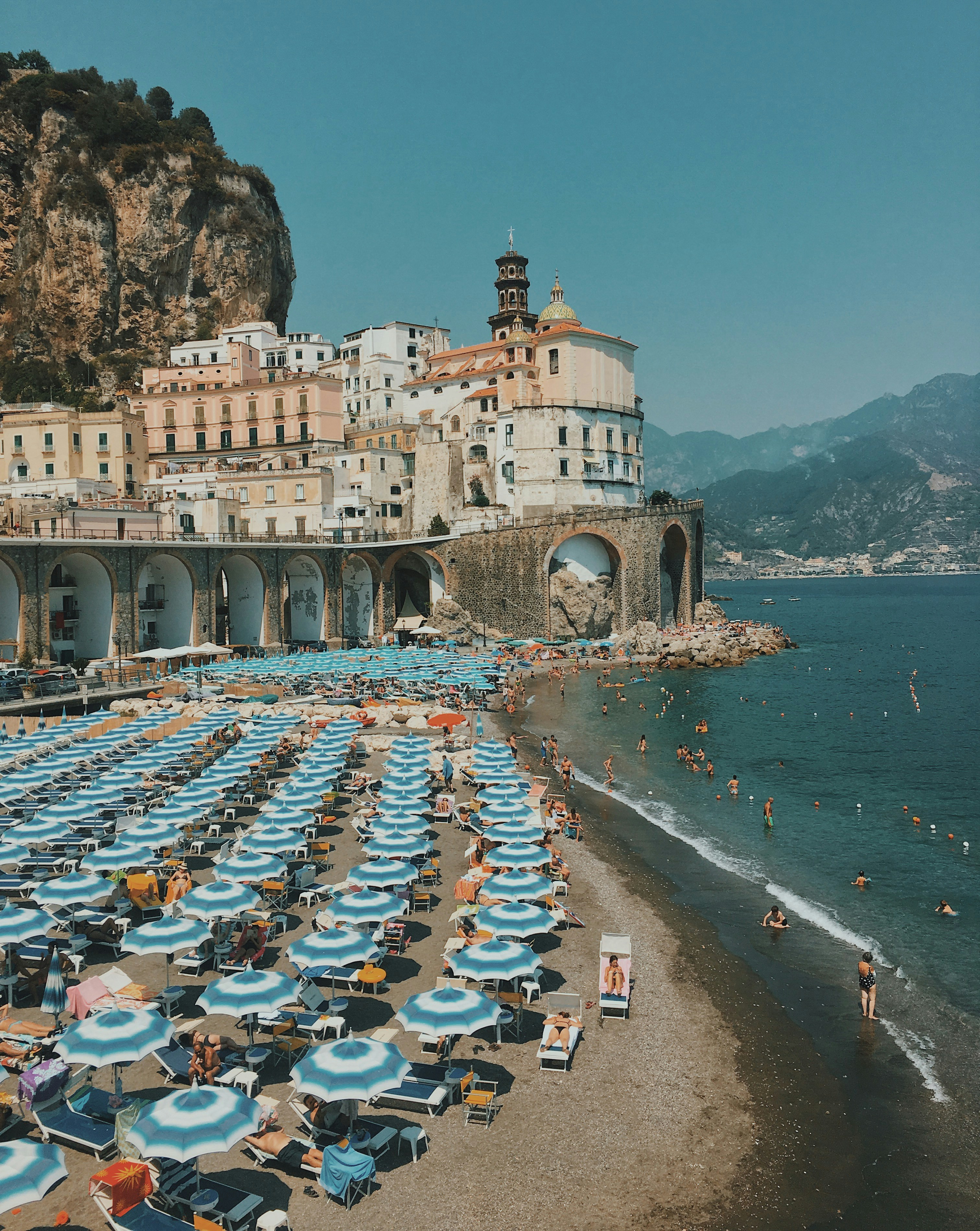
5. Charming Small Towns
The famous cities of Italy exist alongside lesser-known villages such as Alberobello San Gimignano and Matera which provide visitors with authentic charm and cultural depth and fewer crowds.
This blog reveals Italy's hidden gems which provide authentic Italian experiences through their immersive nature, abundant history, beautiful landscapes and genuine hospitality while avoiding crowds and expensive cappuccinos.
1. Civita di Bagnoregio – The Dying City in the Sky
Civita di Bagnoregio sits on a volcanic rock hill in northern Lazio where it earns the nickname “The Dying City.” The small village with its picturesque beauty stands as a rare exception to its minimal population of permanent residents who number below ten.
What to see: Etruscan caves, medieval stone houses, and panoramic views of the Calanchi Valley.
Why it’s a secret: Civita stays quiet because it lies in the shadow of Orvieto and Rome even during summer.
Best time to go: Spring or fall for the clearest views and mild weather.
2. Procida – The Island That Time Forgot
Despite Capri and Ischia being the main attractions, Procida stands out as the most colorful and peaceful island in the Bay of Naples. The island received the title of Italy’s Capital of Culture in 2022, yet it continues to preserve its traditional fishing village atmosphere.
• What to do: Wander pastel-hued streets, sample lemon granita, and relax on Chiaiolella beach.
• Why it’s a secret: Fewer crowds, no luxury boutiques—just real life and raw beauty.
• Travel tip: Take a 40-minute ferry from Naples.
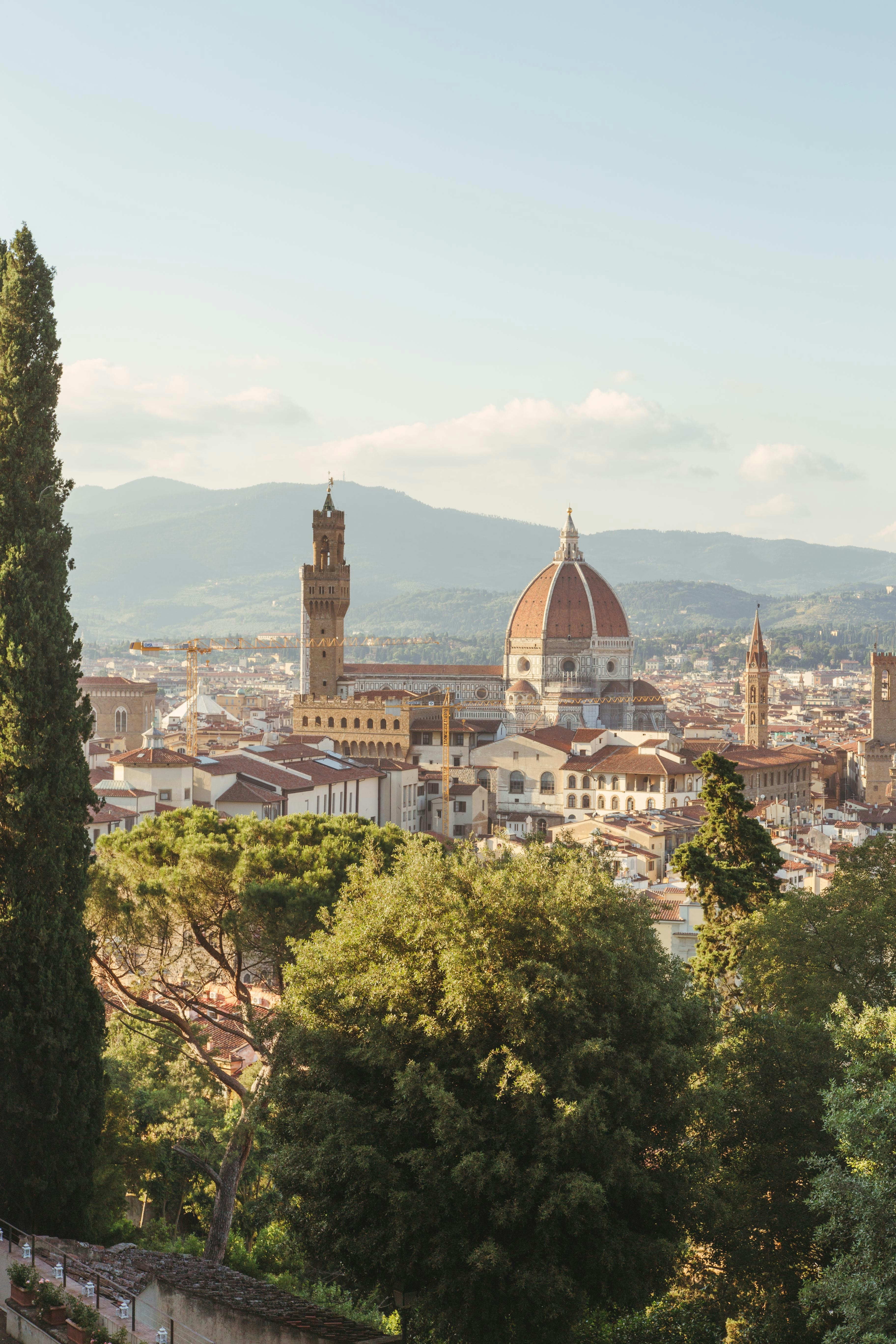
3. Castelmezzano and Pietrapertosa – Italy’s Hidden Twin Villages
Across a deep ravine two villages in the wild heart of Basilicata face each other while one of Europe's most thrilling zip-lines connects them—Il Volo dell’Angelo (The Flight of the Angel).
- What to explore: Narrow alleys, ancient ruins, and mountain trails through the Dolomiti Lucane.
- Best for: Adventure seekers, photographers, and fans of ghost-town aesthetics.
- Why it’s hidden: Basilicata is one of Italy’s least visited regions.
4. Sabbioneta – A Renaissance City Frozen in Time
UNESCO World Heritage Site Sabbioneta stands as a hidden gem despite its recognition as a perfect Renaissance urban planning example created by Vespasiano Gonzaga in the 16th century.
Must see spots -The city features essential attractions which include Teatro all’Antica as the oldest theater built specifically for theatrical performances in the world and the city walls and Ducal Palace.
Location -The place resides in Lombardy region close to Mantua and provides convenient access through train or car transportation.
Why it’s overlooked -The city remains less visited because it exists between more prominent northern urban centers Milan and Verona.
5. Bosa – Sardinia’s Most Colorful Town
Bosa stands as a colorful collection of pastel houses beside the western coast of Sardinia which features narrow lanes and traditional lace makers. The town of Bosa exists in a different world because of its peaceful riverside location and relaxed lifestyle.
- What to enjoy: Malvasia wine, the medieval Castello Malaspina, and golden beaches.
- Why it’s a secret: Sardinia’s east coast and Costa Smeralda overshadow the western gems.
- Bonus: Bosa has some of the cleanest air in Italy, according to environmental reports.
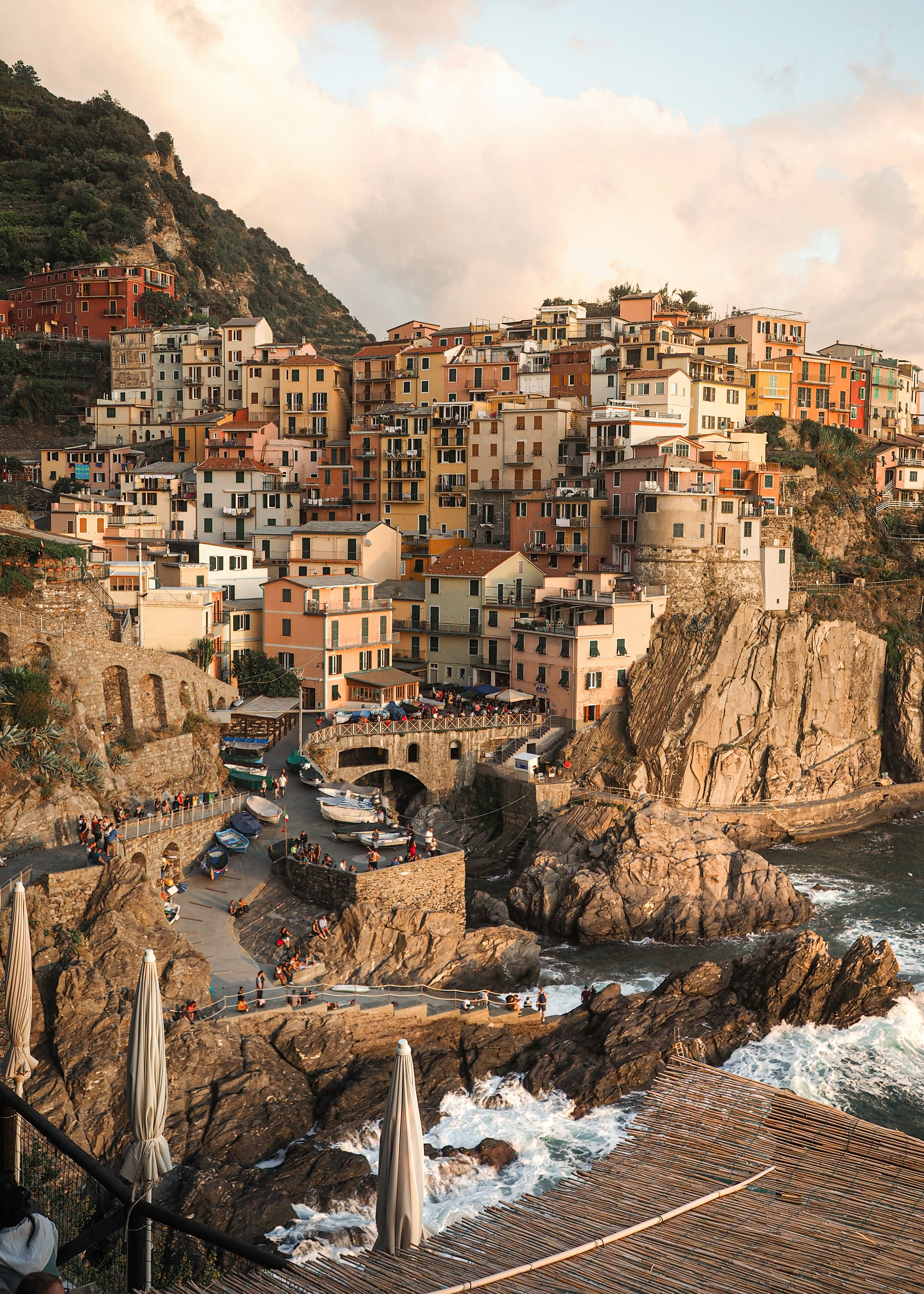
6. Noto Antica – The Lost City of the Baroque South
People visit Noto primarily to see its beautiful baroque facades which shine in golden tones. The original town of Noto Antica stands just kilometers away from Noto although it lies in ruins because of the 1693 earthquake that destroyed it.
- Why go: Haunting ruins, wild nature, and zero crowds. Ideal for reflection and photography.
- How to get there: Drive or hike from modern Noto.
- What makes it unique: A raw glimpse into Sicily’s seismic history and resilience.
7. Campo Imperatore – The Little Tibet of Italy
The Gran Sasso mountains of Abruzzo contain Campo Imperatore, a large alpine plateau that resembles Mongolia more than Europe. The location stands at an elevation of more than 2,000 meters which creates a striking difference from Italy’s coastal landscape.
- Best for: Stargazing, hiking, horseback riding, and snowshoeing in winter.
- Cultural note: Mussolini was imprisoned here in 1943 before his dramatic rescue.
- Why it’s unknown: Abruzzo is rarely on the tourist radar—yet it’s a natural paradise.
8. Sant’Agata de’ Goti – A Gem on the Rocks
This Campania town earns its nickname "Manhattan of the Middle Ages" because it appears to emerge directly from the cliffside. The historic centre stands as a compact and picturesque area that preserves its traditional heritage.
• Main attractions include the Cathedral of the Assumption and stone bridges along with local wine tastings.
• The location remains undiscovered because it lies only 40 kilometers from Naples yet lacks the typical congestion and traffic.
• The destination attracts people who appreciate architecture and prefer to travel at a leisurely pace.
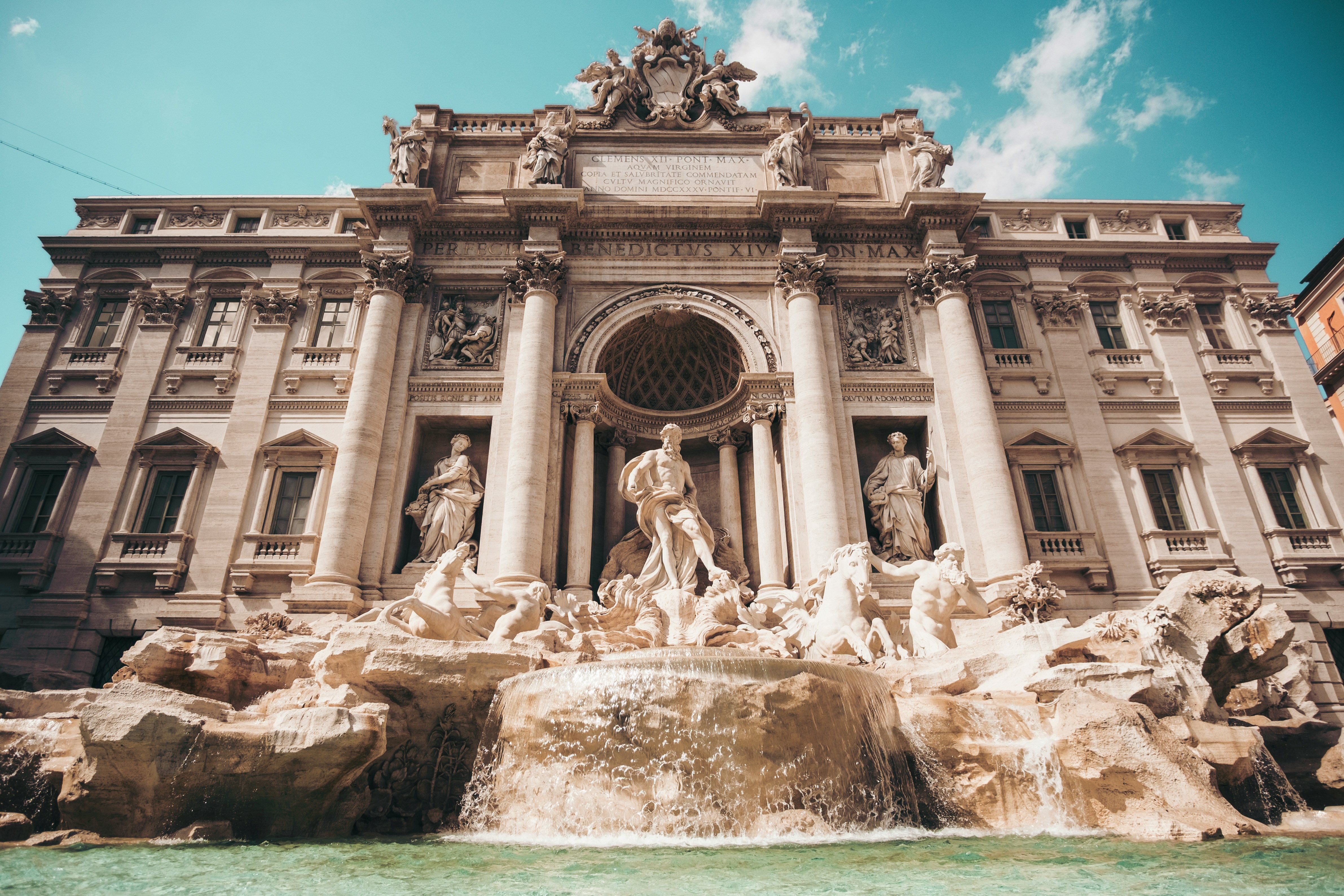
9. Civitella del Tronto – A Fortress with a View
Civitella del Tronto features one of Europe's largest fortresses which stands on a rocky ridge between the Abruzzo and Marche regions. The location boasts extensive military heritage while providing stunning views of the surrounding valleys.
• Highlights: The fortress, secret underground tunnels, and tiny medieval alleys.
• Why it’s a secret: It remains an uncommon destination for travelers exploring central Italy.
• Best season: The ideal time to visit is during spring when wildflowers decorate the mountains.
10. Asolo – The Town of a Hundred Horizons
Asolo received its poetic and travel-based nickname because it offers expansive views which attracted writers such as Robert Browning and explorers like Freya Stark. The town sits in the hills of Veneto while displaying an elegant and artistic peaceful atmosphere.
• The things to love include wine tastings and antique shops along with artisan ceramics.
• The reason it remains hidden is because it stands near Venice yet most tourists choose to bypass it during their rush.
• The best kept secret lies in the fact that this region produces the best prosecco which sells for half the price of famous brands.
Tips for Exploring Italy’s Hidden Corners
When visiting these secret destinations remember to follow these helpful guidelines:
1. Rent a car
Public transport options to offbeat places tend to be limited. Driving allows you to discover remote hill towns and scenic routes at your own pace.
2. Travel in the shoulder seasons
The months of May through June and September through October provide pleasant weather conditions along with reduced tourist crowds in even popular areas.
3. Utilise local tourism information
Tourism boards of regions regularly advertise attractions which are not widely known and the regional portals for Abruzzo, Basilicata, and Umbria provide excellent information.
4. Acquire basic Italian vocabulary
Smaller towns tend to have fewer people who speak English. A simple greeting of “Buongiorno” and the phrase “Posso avere un caffè?” can create positive interactions.
5. Stay in agriturismos
The rural guesthouses provide economical accommodation along with home-cooked meals and wine tastings while sharing local traditions with guests.
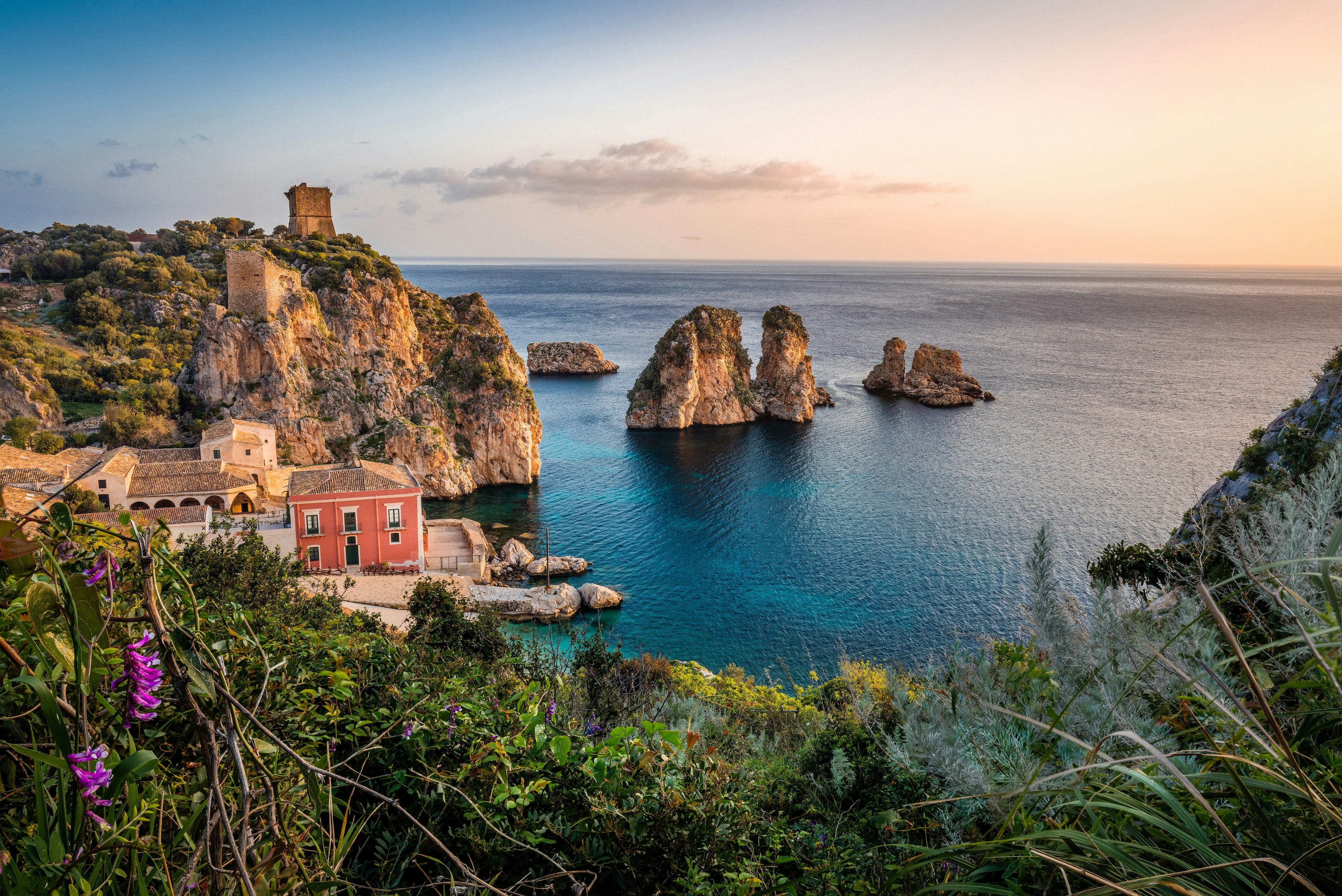
Final Thoughts: Beyond the Colosseum and Canals
Italy’s beauty isn’t limited to the big-ticket cities. It often lies in the quiet corners where you can find a menu-less trattoria and walk along streets with laundry hanging from the windows while watching the sunset from a medieval wall with no other tourists present.
The real Italy reveals itself to those who choose to explore areas beyond the typical tourist paths.
During your next visit to Italy avoid the crowded places and instead follow the local people to experience surprising moments.






